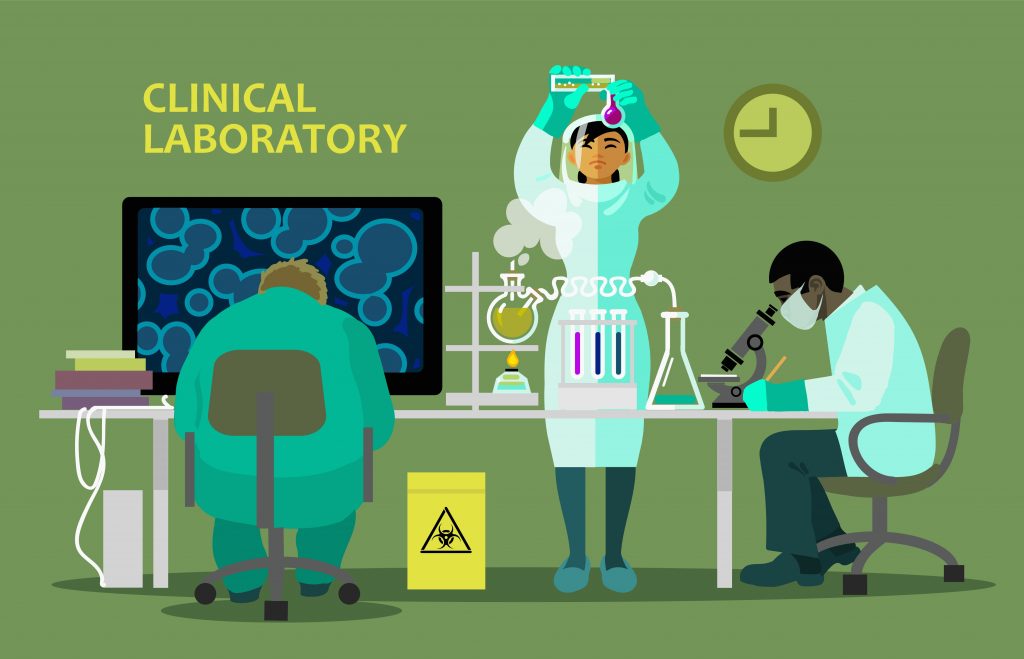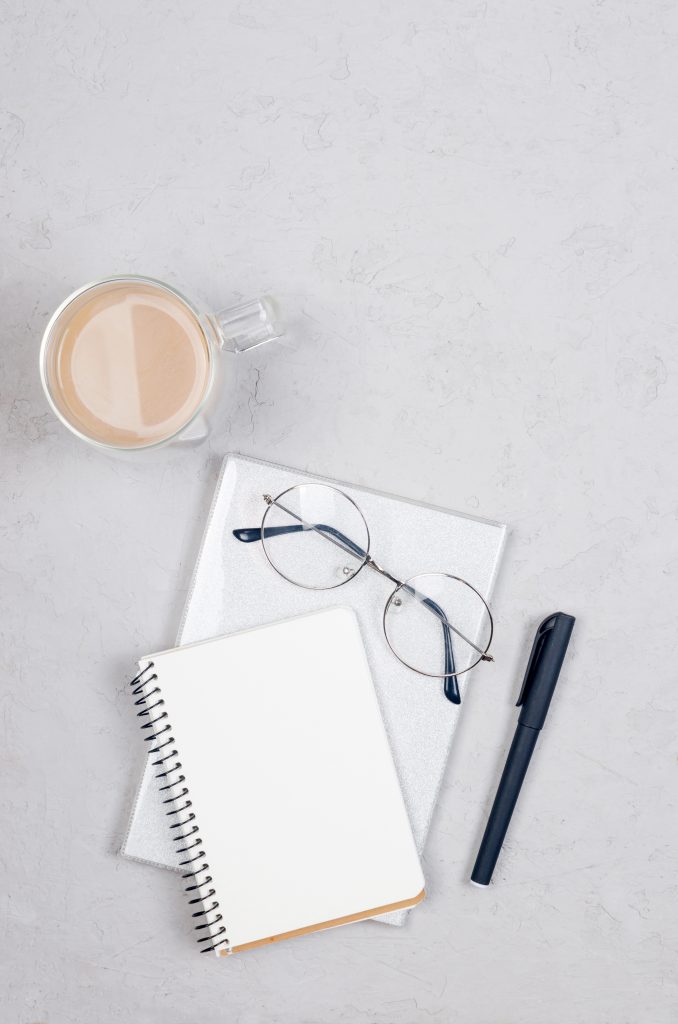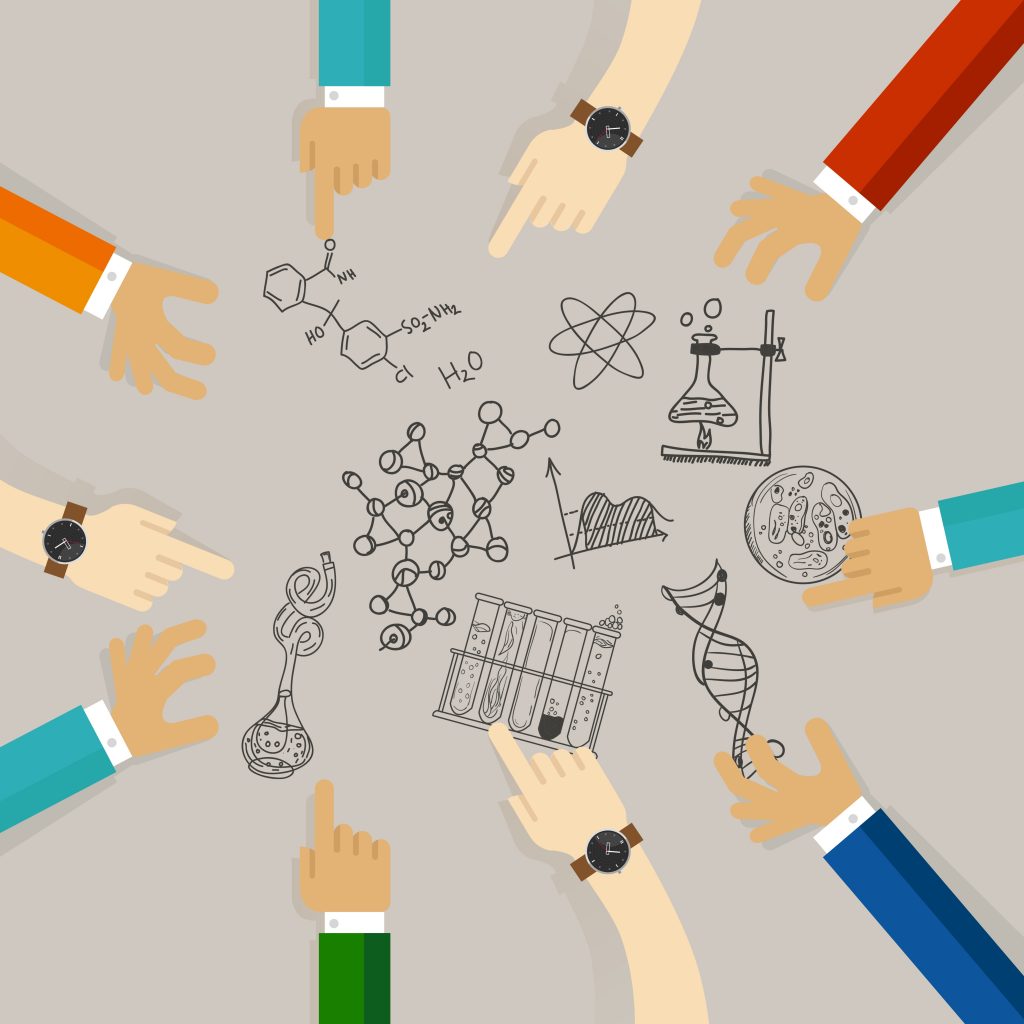Idea of Expedition:

The reason behind traveling to Radboudumc, Nijmegen in the Netherlands was to learn new Immunology techniques and to bring that knowledge back to Bonn for reproducibility. The techniques and protocols of ‘Trained Immunity’ might revolutionize the field of Immunology and give a new face front to the research. ‘Trained Immunity’ has been under the spotlight for quite some time now. In order to have a better understanding and to implement the techniques, it was very much necessary to learn them from the hub. That has opened up a few key distinctive tactics which are being carried through, in the lab of Experimental Medicine, Department of Internal Medicine (EIG) at Radboudumc.
First Glimpse:
The first thing one notices in the EIG lab is the abundance of various nationals working in one environment and making it work like a charm. My colleagues are almost from every part of the world, which brings out an quite international feel. The good aspect of this kind of setting is that everyone is an expert in their fields and is eager to help other colleagues at their best. Forming an alliance for the collaborative project can not be much easier. The insights of the people from this soup of PhDs, Post-Doctorates, and technicians are exemplary. One can feel and see the advancement of academia at its best here. And because of the excessive group of academics, the organization of the lab sets the bar for other institutions around the world as well.
Bird’s Eye View Difference:
Our Lab in LIMES Institute, Bonn is still a growing lab and with the passage of time, there would be a need for changes and additions to the group. Our group in Bonn has 4 PhDs, 1 Post-Doctorate Junior leader, and 1 technician. Granted that the lab is surrounded by other groups as well, but the specific fields are different. Certain techniques could be common and transferable to the other groups as well. But when one draws a comparison between these two different labs of EIG in the Netherlands and AG-Netea in Bonn, the numbers alone are enough to speak for themselves. Bigger labs would bring enormous funding possibilities and hence would lead to state-of-the-art equipment acquisition. The lab in Bonn is a new lab and still needs to be established in the long run. To accomplish this there is a need to ascertain the solid protocols and new techniques, which help in competing and presenting the novelty of the work in the scientific community. More academics in the EIG lab construct a sense of more brain power and lead to better research and organization.
Commonality:
The EIG lab in Radboudumc is headed by Dr. Netea, hence providing a number of opportunities to learn directly from a well-established lab. AG-Netea at LIMES is considered as an extension of the EIG lab. The knowledge is pooled for everyone to grasp and enact. The Work-Life balance is also equally shared at the same level of context.
Leisure Time:
The concept of leisure time during work and being present in the work environment is something to talk about as well. Radboudumc is a huge institution and has a colossal fleet of researchers and academics working at the same time. In order to cope with that kind of situation, the building is equipped with a number of coffee break rooms. There are even coffee dispensers at a certain distance as well. One thing I love while working or even on a general day is coffee. So this has proven to be a very convenient way to fill up the caffeine levels as well. In LIMES institute sadly so far there is only one coffee room furnished with a coffee machine, other coffee rooms just serve the purpose of taking a break or eating your lunch there.

Coffee in Radboudumc is free 😃, so if you have forgotten your coins at home, they got you covered. In LIMES one has to pay 20 cents for a coffee, which in my opinion is nothing if we compare the quality. Radboudumc offers decent free coffee to the employees, but I would much rather pay in LIMES to get a good cup of coffee. That reminds me of the ‘Ferienarbeit’ days in my Master’s studies. I used to work in an automobile company, the coffee did not taste that good, but when it comes to replenishing the caffeine level… Sure! Why not!
Radboudumc provides a whole rack of books and theses for anyone to read in every coffee room. Usually, coffee time is also very suitable to talk to other colleagues from different walks of field to share their projects and even form a collaborative alliance, which I happen to do as well. In Germany, I have noticed that due to the COVID regulations, the researchers and collogues abide by the rules very strictly in comparison to the Netherlands. And in the coffee rooms, the specific rule of fewer people led to less social interaction. But this less social interaction is replenished every week with some activity or a gathering (in a controlled manner).

Even the general environment in LIMES feels more streamlined and not much open to any other social aspects. Granted that there are many other out-of-lab activities, even with colleagues as well. In Radboudumc it felt more open and accepting. As part of the German research team I have also picked up this trait of not engaging much outside my circle, but that was quite the opposite in the Netherlands. People like to take interest in you, they would like you to be a part or at least a smidgen of their social circle as well. Being quite overwhelmed with these feelings it’s still much easier to engage with people in the Netherlands than in Germany.
Conclusive Words:
I have spent time in three different countries for research and pushing forward my educational career. Germany and Netherlands fairly seem to share many research abilities majorly due to the collaborative initiatives, but when it comes to norms and traditional aspects and work environment, it’s safe to say that they are rather different in their own capacity.
Author: Arslan Hamid
